The last day of the final year Brethren Week in my school was tagged "Cultural Day" Cultural Day is a day during the Final Year Brethren Week that celebrates diversity and multiculturalism. On this day, students are encouraged to dress in traditional clothing from their cultures, share stories and customs, and sample food from different cultures. It's a time to learn about and appreciate the many different cultures represented at the school. Cultural Day is usually a day full of fun, food, and celebration.
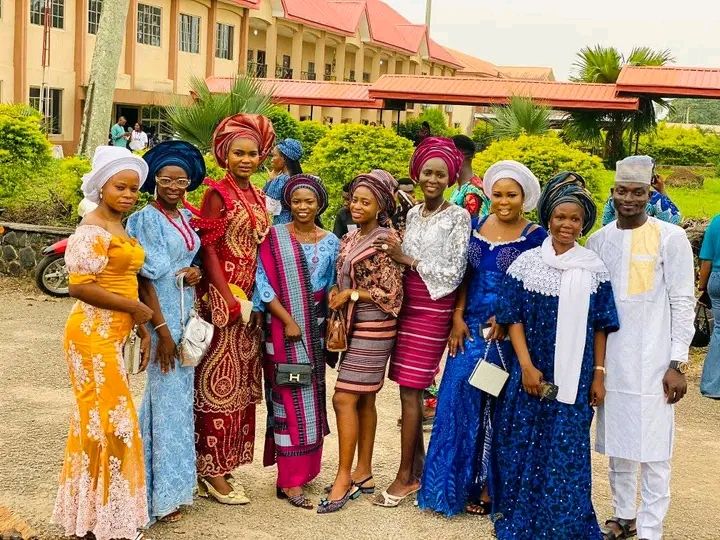
One of the fun parts of Cultural Day is the music. On this day, students are encouraged to play music from their cultures, either through live performances or by playing music on the school's sound system. This is a great way to learn about the different musical traditions from around the world, and it can also be a lot of fun.
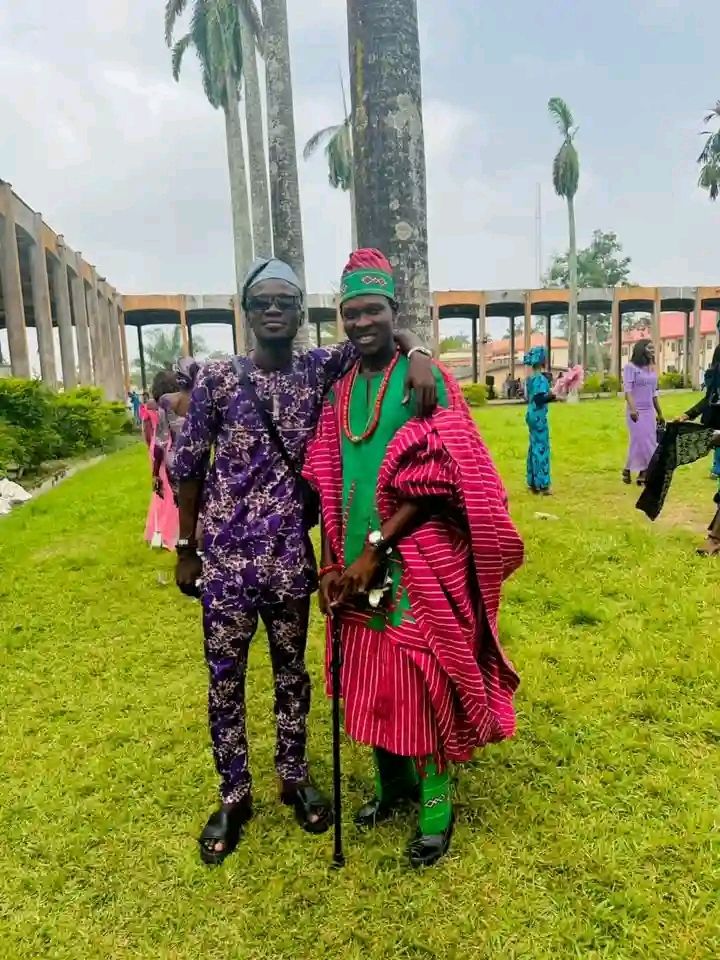
Another thing that makes Cultural Day so special is the food. On this day, students usually bring in traditional dishes from their cultures to share with their coursemates. This is a great way to try new foods and learn about the different culinary traditions from around the country.
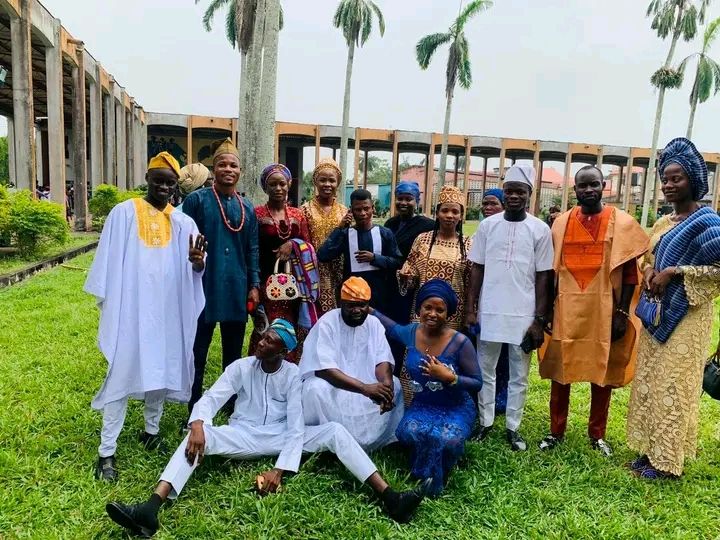
17th of November 2023 was the cultural day in my school. It's the last day of Final year brethren week. So, it was packed with fun and exciting moments.
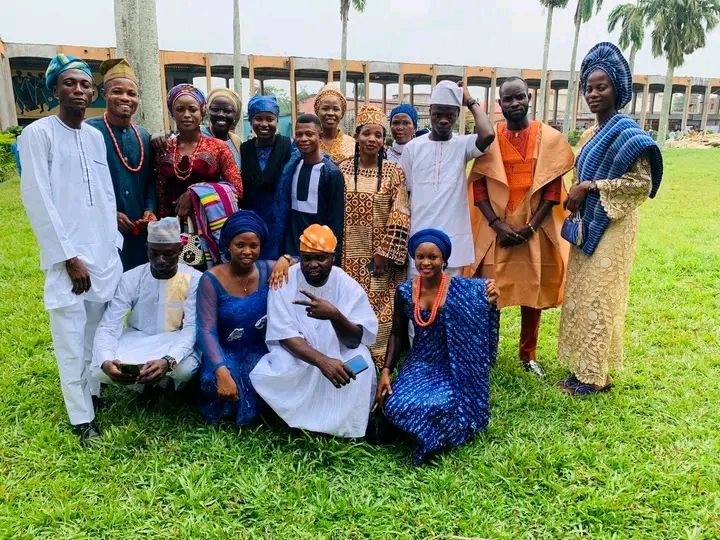
There are three major ethnic groups in my country which are the Yoruba, Hausa, and Igbo. That is why we are called the Wazobians, a word coined from the translations of "come" in the languages of the three major ethnic groups. There are many tribes under each of these ethnic groups with different languages and lifestyles. These three major ethnic groups and some other tribes under them were well-represented during the cultural day.
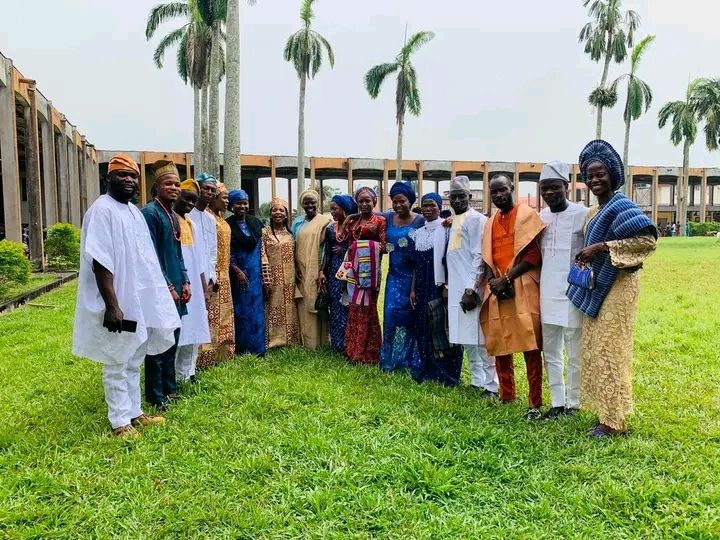
In my department, we had two segments of activities on that day. I will be sharing the first segment in this post while the other segment will come after this. The first segment of the Cultural Day started with pictures and video shoot. There we can see the FYB students dressed in their cultural attire. They all wore the kind of clothes peculiar to their cultural background and also brought food from their culture. People from the same ethnic groups from each department came together to have pictures and video shoots together. We also have individual shots after which we all came together to have pictures together as the Wazobians, one big family.
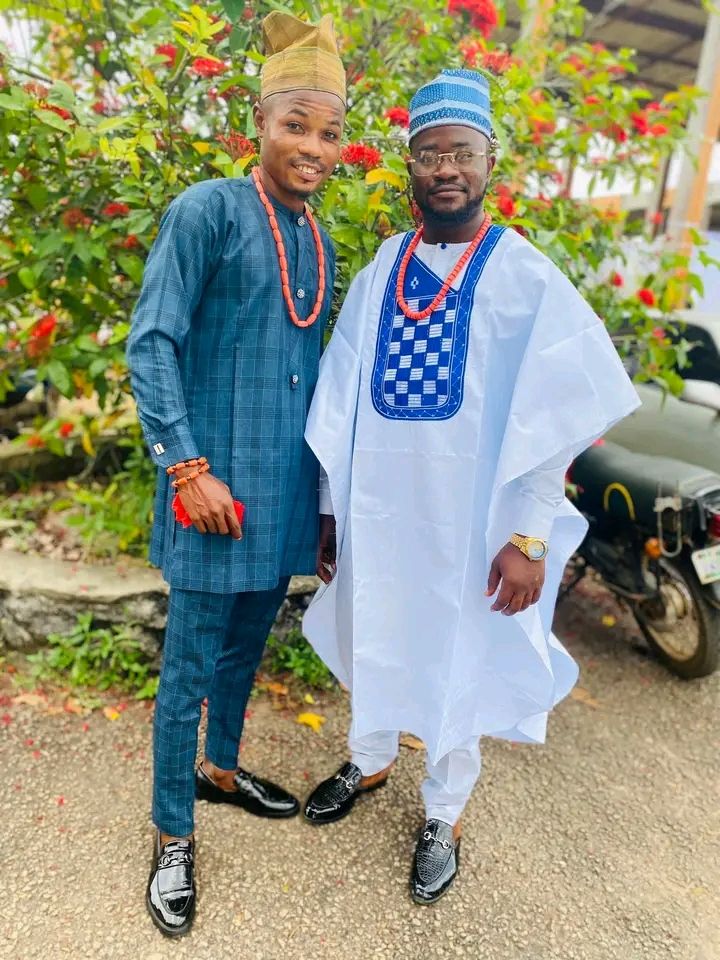
After the photo and video shoot, the next activity was "culture show and presentation". In one of the articles I published here sometimes ago, I talked about Iro and Buba attire and its connection to the Yoruba people. It has been their clothing style from time immemorial and it is still in vogue presently. During the cultural day, female students who are from the Yoruba background were gorgeously dressed in Iro and Buba while the male Yoruba students wore their Buba, Shoro, and Agbada. I wasn't left out of the gorgeousness as I also dressed in my Iro and Buba with Aso Oke headgear. Few students were invited to the podium to show off their dresses. They all looked good in their traditional wears. One amazing thing about Iro and Buba or Buba, Shora, and Agbada is how it fits perfectly on all body sizes, shapes, or structures. You don't have to possess a particular physique before it looks good on you.
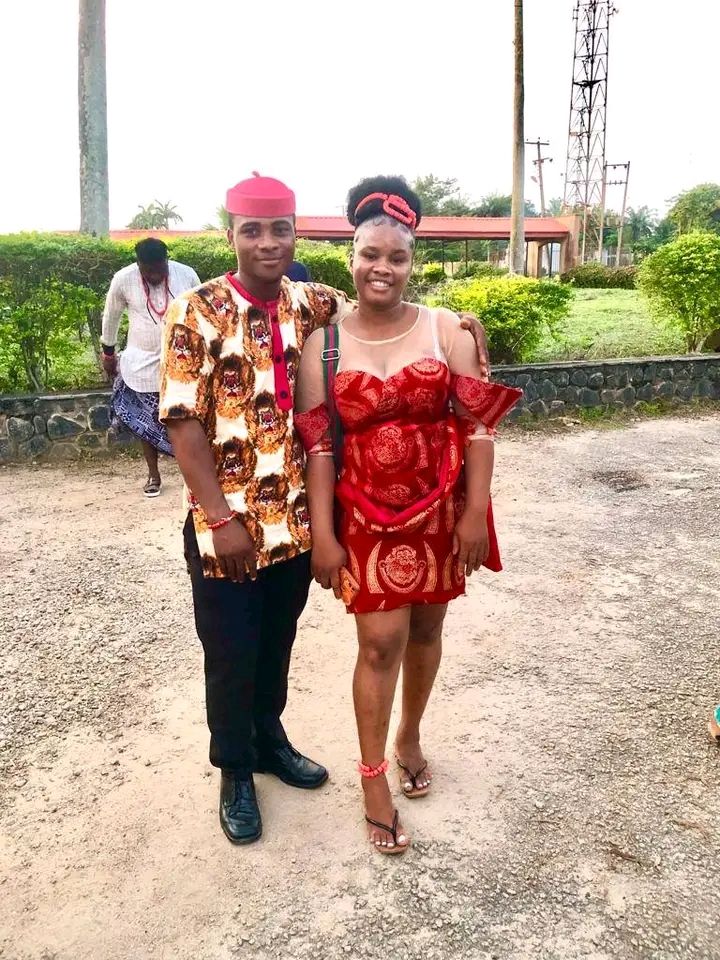
The Igbos were also well represented though in a very small percentage. Students from Igbo cultural backgrounds were seen dressed in their traditional attire known as "Isiagu". It is made of high-quality suede, silk, or velvet material patterned with designs of a lion's head, leopard's head, and cow horns. This attire represents authority, power, and pride in Igbo land. A male and a female student adorned in Isiagu walked up the stage as a couple to show us the uniqueness of their clothing in style.
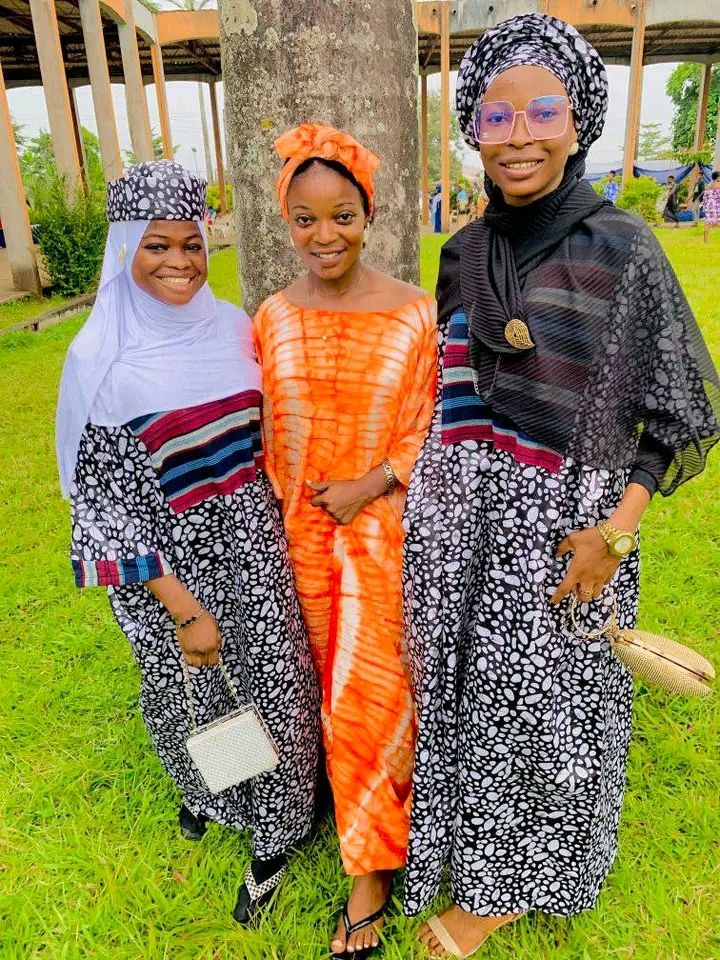
The Hausas were also well represented The female Hausas were dressed in Bubu gowns, and hijabs and had tattoos all over their hands and legs while the males wore Buba and shoro with a round cap. They called their tattoos "Lali" They were slightly different from the regular tattoos I had seen before. They were bold with dotted marks around them and also had a dark brown color different from the regular dark tattoos in vogue. Some of the students in this category also climbed the stage to show us their clothing in a stylish way. The only difference between Yoruba and Hausa shirts is the length. The Hausas sew their shirt long up to thier knees and even below while the yoruba shirt stop just below their waist.
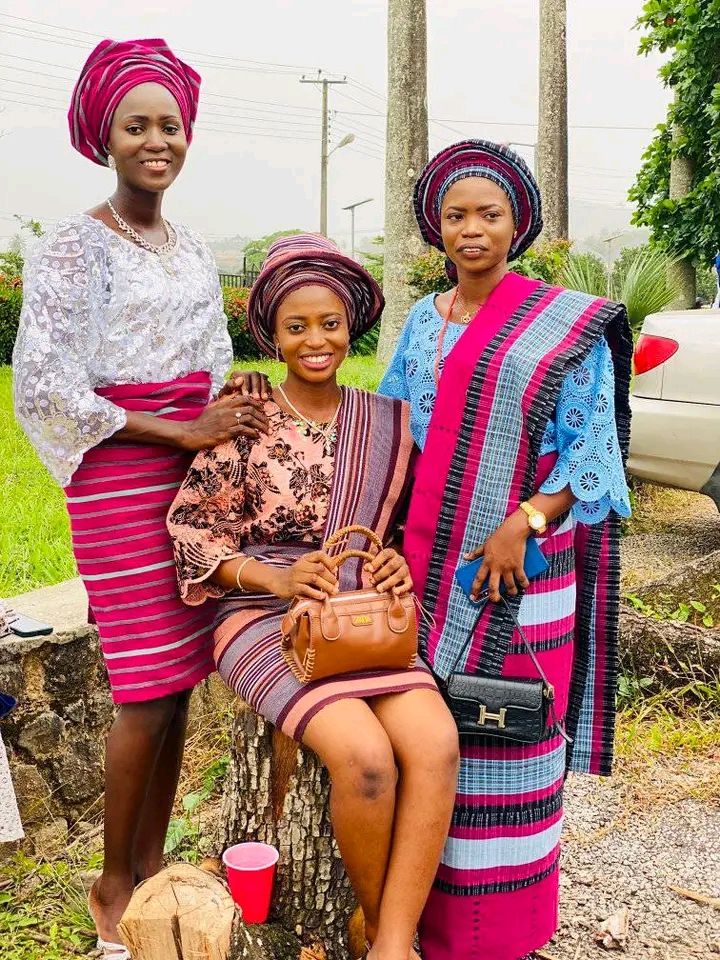
Another activity under the culture presentation is "food and drinks" Students from different cultural backgrounds presented their local foods and drinks. The first group to present was the Yoruba's. The delicacies they brought were Pounded Yam and Egusi soup, Ikokore or Aburo, Ekuru and Eko, Okra soup and Pap and two, local drinks which were Emu funfun and Oguro (palm wine), Otika(drink brewed from guinea corn).
The second group also presented their local dishes, Some of the foods they brought were fufu and Ofe Nsala soup, Banga soup and starch, and a lot of garden eggs and kolanuts. They also brought locally made drinks like Ogogoro and burukutu.
Lastly in this section was the Hausa presentation, Some of the delicacies brought were Tuwo Shikanfa, Garaugarau, Wara, and Mansara and the drinks they brought were Kunu and Nunu. I tasted both drinks and I can say they were one of the best I have had in a long time.
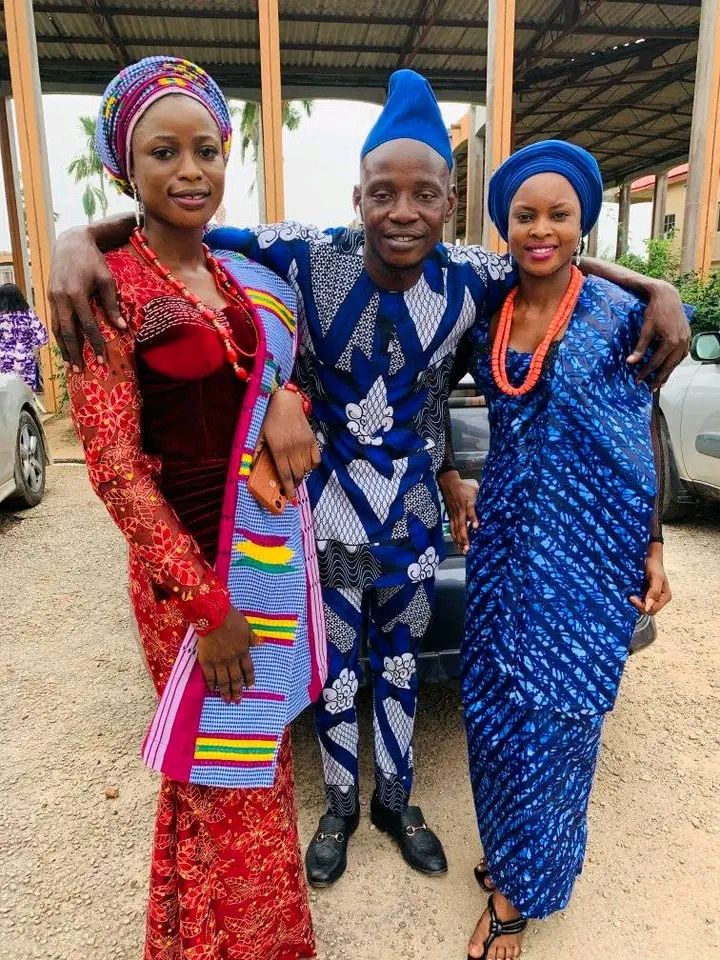
The "Food and drinks" show was followed by "music and dance" It followed the same pattern as the food and drinks. A group of dancers dressed in short Iro and Buba Ibadan with their necks and waists heavily adorned with beads were invited to the stage to perform bata and sekere dance. Talking drums, sekere, and Omele produced the sounds in the background as they showed their golden steps.
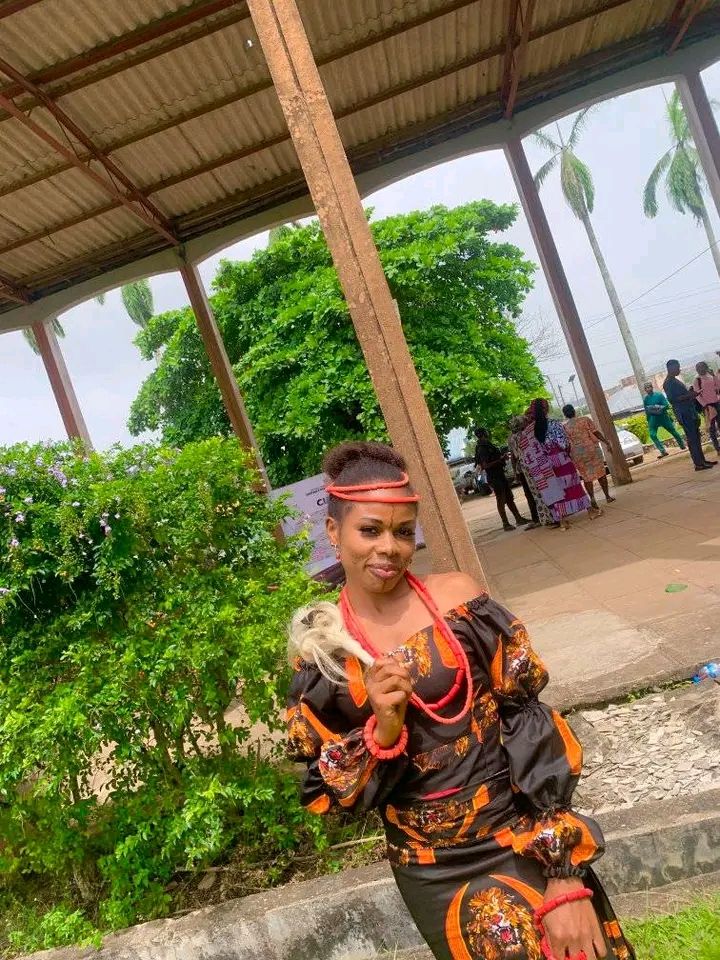
The Igbo performed a dance called "Mmanwu". It was a very energetic and vibrant dance. Their musical instruments include shakers, flute drums, etc. I found their music and dance more interesting than that of others.
The huasas also did their dance and music. It was a slow dance and fast music. I don't know how they combined that but It turned out
well entertaining and amusing.
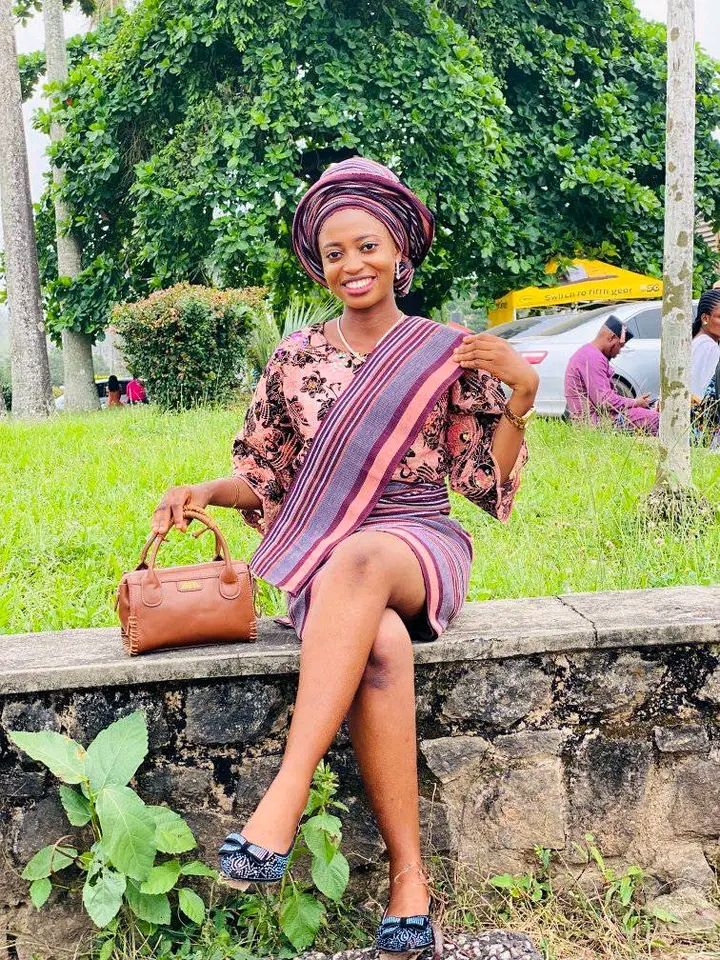
Finally, on the Culture presentation, we did "Poetry and Artifacts". The three ethnic groups presented different artifacts and told their history and the connections they have with their cultures. And on poetry, I represented the Yoruba. I recited Sango praise poetry and other students representing other cultures recited theirs.
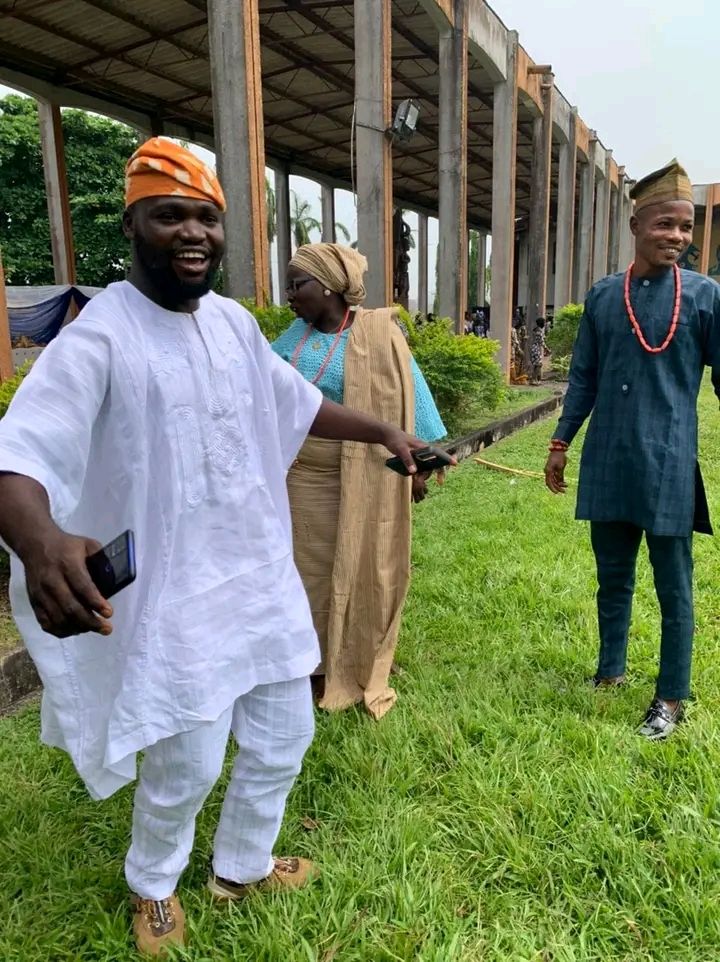
We exchanged food and drinks and the first segment of the last day of the FYB week was brought to a close. It was a great experience and an opportunity to learn from the ways of life of people around the country. I got to see foods I had never seen before and also tasted some. I also learned the history of the Igbo and Huasa people as well as the story of some of their legends.
Thanks for visiting my blog
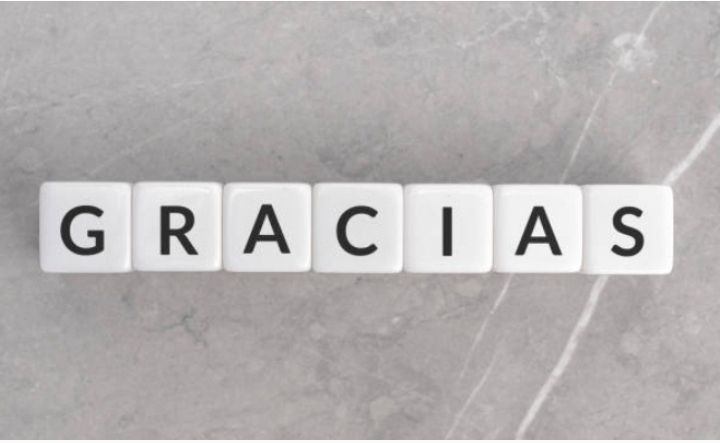
Hi @richmond2, great news! Your content was selected by curators @nalexadre, @ten-years-before to receive a special curation from BeBlurt 🎉 Don't hesitate to upvote this comment as the curators will receive 80% of the rewards for their involvement.
You can support us by voting for our witness, our decentralized funding proposal, or through delegation. You're also welcome to join our Discord server 👉 https://discord.beblurt.com